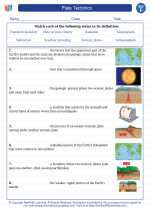What is the Troposphere?
The troposphere is the layer of the Earth's atmosphere closest to the surface. It is where most weather events occur and is characterized by a decrease in temperature with increasing altitude.
Composition
The troposphere is primarily composed of nitrogen (about 78%) and oxygen (about 21%), with trace amounts of other gases such as argon, carbon dioxide, and water vapor. It also contains particulate matter such as dust, pollen, and pollutants.
Temperature Changes
As you move up through the troposphere, the temperature generally decreases. This is because the troposphere is heated from below by the Earth's surface, and as you move higher, you are farther from this heat source.
Weather Phenomena
All weather events, such as clouds, rain, snow, thunderstorms, and wind, occur in the troposphere. It is where most of the Earth's water vapor is found, and this is the layer in which convection occurs, leading to the formation of clouds and precipitation.
Human Impact
Human activities, such as the burning of fossil fuels and industrial processes, release pollutants into the troposphere, leading to issues such as smog, air pollution, and acid rain. Understanding the composition and dynamics of the troposphere is important for addressing these environmental challenges.
Importance for Life
The troposphere is vital for life on Earth. It contains the air we breathe and regulates the Earth's temperature through the greenhouse effect, where gases in the troposphere trap heat from the sun, keeping the planet warm enough to support life.
[Troposphere] Related Worksheets and Study Guides:
.◂Science Worksheets and Study Guides Sixth Grade. Plate Tectonics

 Worksheet/Answer key
Worksheet/Answer key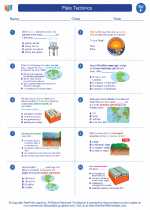
 Worksheet/Answer key
Worksheet/Answer key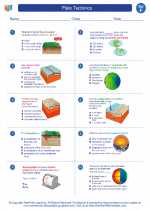
 Vocabulary/Answer key
Vocabulary/Answer key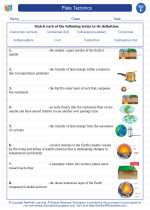
 Vocabulary/Answer key
Vocabulary/Answer key
 Vocabulary/Answer key
Vocabulary/Answer key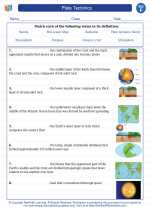
 Vocabulary/Answer key
Vocabulary/Answer key